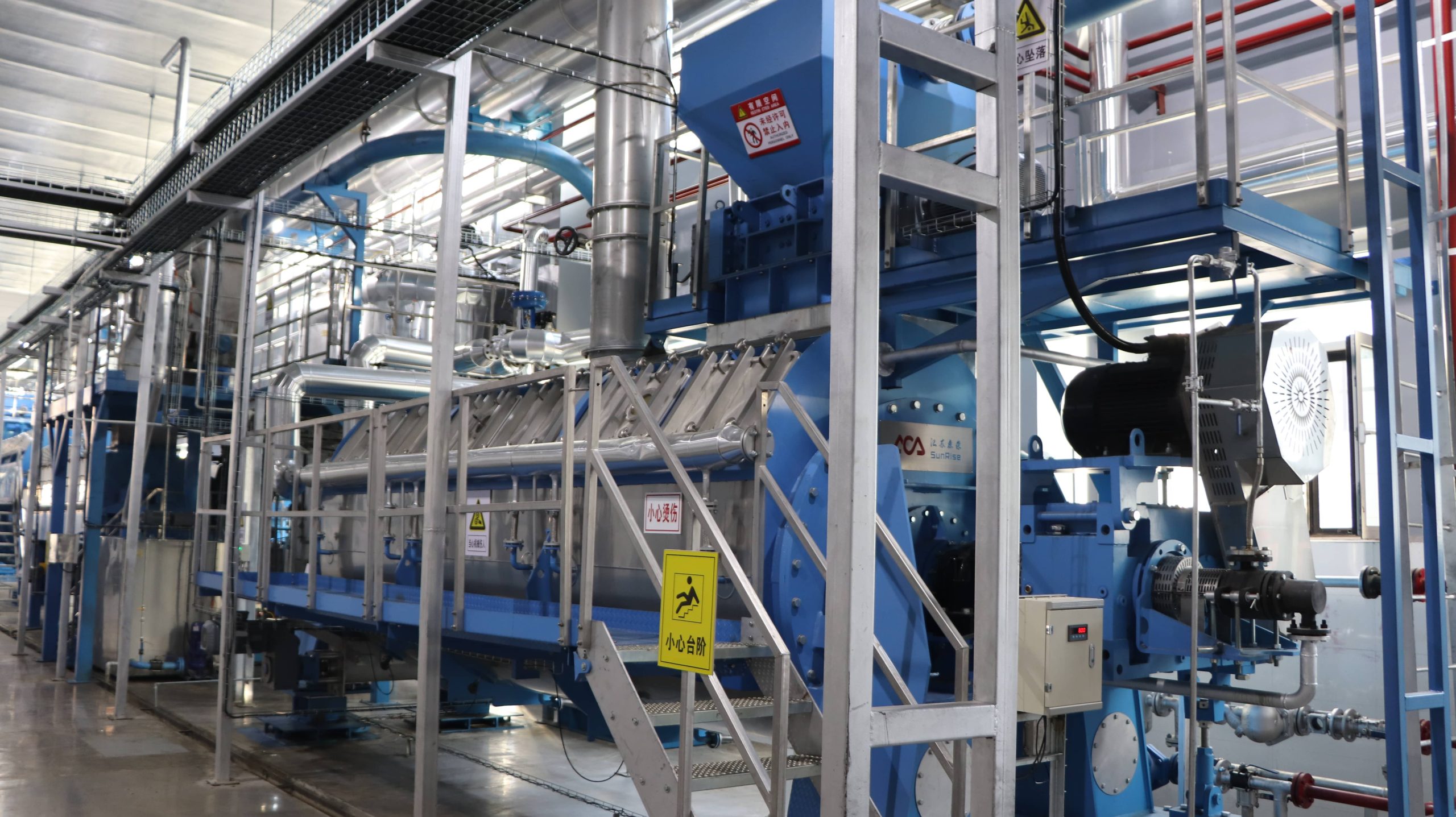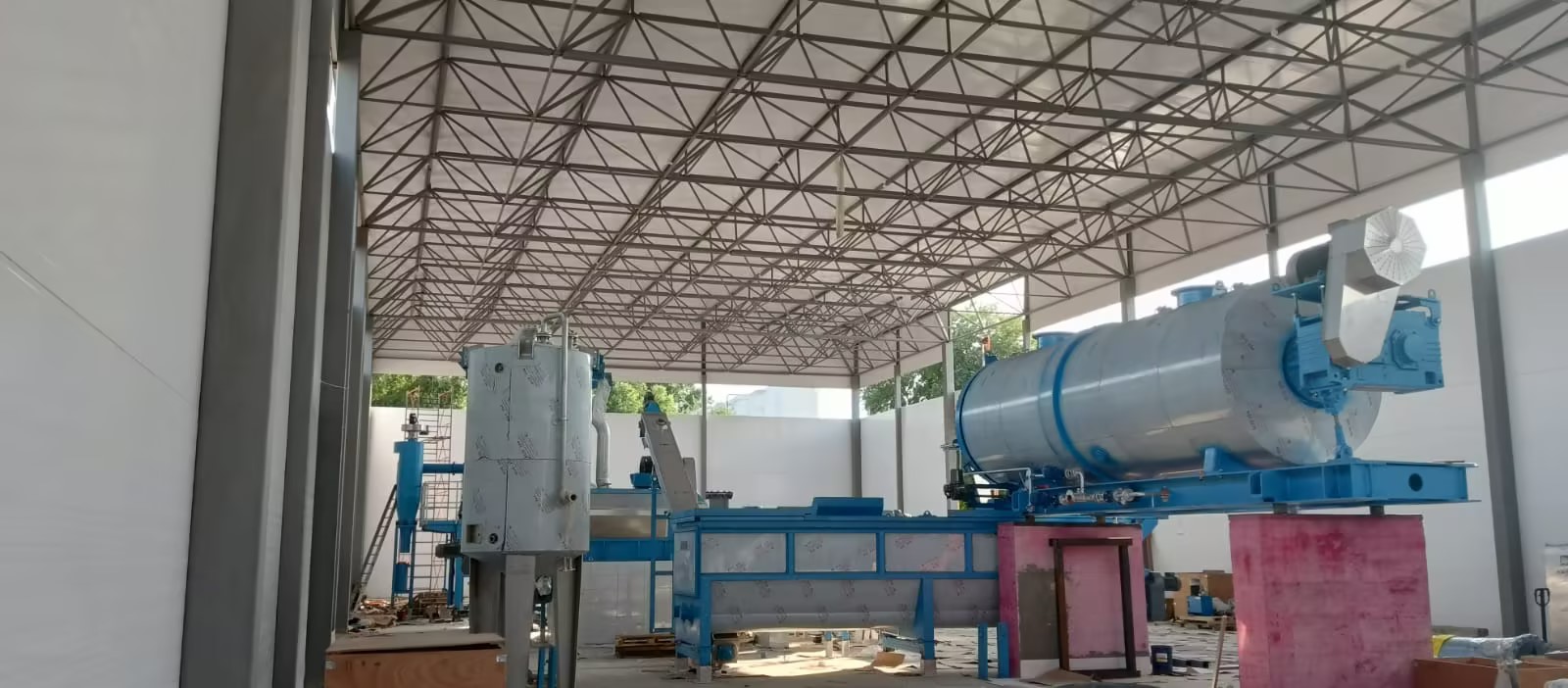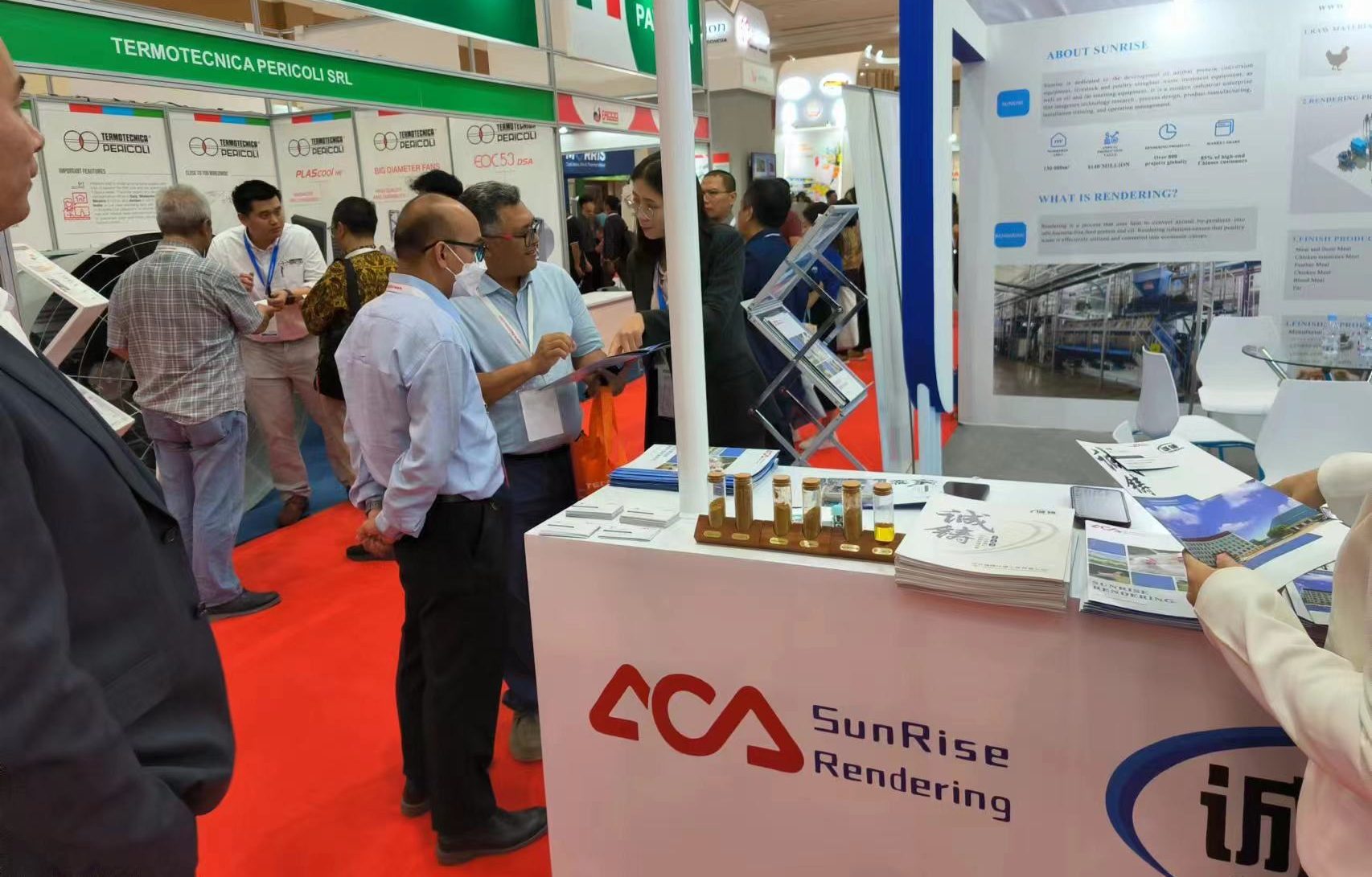
Fish Meal Plant: A Comprehensive Guide to Its Production and Uses
Fish Meal Plant: A Comprehensive Guide to Its Production and Uses
A fish meal plant is a facility that processes fish into fish meal and fish oil. Fish meal is a high-protein supplement used in animal feed, while fish oil is used in various industries such as pharmaceuticals, cosmetics, and aquaculture. The process of producing fish meal involves cooking, drying, and grinding the fish, while the process of producing fish oil involves separating the oil from the fish.

Fish meal plants are typically located near fishing ports or processing plants to ensure a steady supply of raw material. The size of the plant can vary depending on the amount of fish being processed, with some plants capable of processing several hundred tons of fish per day. The production of fish meal and oil is an important industry in many countries, providing a valuable source of income and employment. However, the industry has also faced criticism for its environmental impact, particularly in relation to overfishing and pollution.
Overview of Fish Meal Production

Fish meal production is a process that involves converting whole fish or fish trimmings into a dry, high-protein powder that can be used as a feed ingredient for livestock and aquaculture. The process typically involves cooking, pressing, drying, and grinding the fish to produce a uniform and consistent product.
Process Flow
The process flow for fish meal production can vary depending on the type and quality of the raw material being used. However, most fish meal plants follow a similar process flow that involves the following steps:
- Raw Material Reception: Whole fish or fish trimmings are received and inspected to ensure they meet the quality standards for fish meal production.
- Cooking: The raw material is cooked to denature the proteins and facilitate the separation of the oil and water from the solids.
- Pressing: The cooked material is pressed to separate the oil and water from the solids.
- Drying: The solids are dried to reduce the moisture content and stabilize the product.
- Grinding: The dried solids are ground into a fine powder that can be stored and transported.
Key Equipment
The key equipment used in fish meal production includes:
- Cookers: Large steam cookers are used to cook the raw material and denature the proteins.
- Presses: Hydraulic presses are used to separate the oil and water from the solids.
- Dryers: Rotary dryers are used to dry the solids and reduce the moisture content.
- Grinders: Hammer mills or disc mills are used to grind the dried solids into a fine powder.
Overall, screw conveyor fish meal production is a complex process that requires specialized equipment and expertise to produce a high-quality product. The demand for fish meal continues to grow as the aquaculture industry expands, making fish meal production an essential component of the global food supply chain.
Raw Material Sourcing

Fish Types
Fish meal is made from various types of fish, including anchovies, herring, mackerel, and menhaden. These fish are chosen for their high protein and oil content, making them ideal for the production of fish meal. The fish used for fish meal production are usually small, oily, and bony, and are not suitable for direct human consumption.
Procurement Strategies
The sourcing of raw materials is a critical aspect of the fish meal production process. Fish meal plants typically source their raw materials from a variety of suppliers, including fishermen, fish processors, and fish farms. The procurement strategy used by a fish meal plant depends on several factors, including the availability of raw materials, the quality of the raw materials, and the cost of the raw materials.
To ensure a consistent supply of high-quality raw materials, fish meal plants often establish long-term relationships with their suppliers. This allows them to work closely with their suppliers to ensure that the raw materials meet their specifications and quality standards. In addition, fish meal plants may also use hedging strategies to manage the risk of price volatility in the raw materials market.
Overall, the sourcing of raw materials is a critical component of the fish meal production process. By working closely with their suppliers and using effective procurement strategies, fish meal plants can ensure a reliable supply of high-quality raw materials, which is essential for the production of high-quality fish meal.
Fish Meal Plant Design

Capacity Planning
The capacity of a fish meal plant is determined by the amount of fish that can be processed within a given time frame. The plant should be designed to handle the maximum expected production capacity. The capacity planning should also take into account the availability of raw materials and the market demand for the final product.
Facility Layout
The layout of a fish meal plant should be designed to ensure efficient flow of materials and minimize the risk of contamination. The plant should be divided into different sections, including the raw material receiving area, processing area, storage area, and packaging area. The processing area should be further divided into different sections for different processes such as cooking, drying, and grinding.
The facility layout should also take into account the safety of workers and compliance with local regulations. The plant should have proper ventilation systems and waste disposal systems to ensure that the environment is safe and healthy for workers and the community.
In conclusion, the design of a fish meal plant is critical to ensure efficient production and compliance with local regulations. Capacity planning and facility layout are two important factors to consider in the design process.
Manufacturing Process
Cooking
The manufacturing process of fish meal plant involves cooking the raw fish material to remove moisture. The fish is cooked in a steam cooker at high temperatures of around 95-100°C for 10-15 minutes. This process helps to coagulate the proteins in the fish and break down the fish bones, making it easier to press.
Pressing
After cooking, the fish is pressed to remove the liquid content. The press process involves passing the cooked fish through a screw press. The press separates the solid and liquid components of the fish. The solid component is the fishmeal, while the liquid component is the fish oil. The fish oil is further processed to obtain high-quality fish oil.
Drying
The fishmeal is then dried to reduce the moisture content to about 10%. The drying process involves passing the fishmeal through a dryer at high temperatures of around 110-120°C. The dryer uses hot air to evaporate the moisture content in the fishmeal. The dried fishmeal is then cooled and stored in a silo.
Grinding
The final step in the manufacturing process of fish meal plant involves grinding the dried fishmeal to obtain a uniform particle size. The ground fishmeal is then packed in bags and ready for shipment.
Overall, the manufacturing process of fish meal plant involves cooking, pressing, drying, and grinding the raw fish material to obtain high-quality fishmeal and fish oil. The process is efficient and ensures that the final product is of high quality.
Quality Control
The fish meal plant has a rigorous quality control process in place to ensure that the final product meets the necessary standards. This section will discuss the two main aspects of the quality control process: nutritional analysis and contaminant testing.
Nutritional Analysis
Nutritional analysis is an important part of the quality control process. It involves testing the fish meal for its protein, fat, and moisture content. The plant has a dedicated laboratory equipped with modern analytical instruments to carry out these tests. The results of these tests are then compared with the specifications to ensure that the final product meets the required standards.
To ensure the accuracy of the results, the laboratory follows strict protocols and uses certified reference materials for calibration. The plant also participates in inter-laboratory comparison programs to ensure that the results are consistent and reliable.
Contaminant Testing
Contaminant testing is another crucial aspect of the quality control process. The plant tests the fish meal for contaminants such as heavy metals, pesticides, and microbiological contaminants. The testing is carried out at various stages of the production process to ensure that the final product is safe for consumption.
The plant has a comprehensive testing program in place that includes both in-house testing and third-party testing. The results of these tests are monitored closely, and any deviations from the specifications are immediately investigated and corrected.
Overall, the fish meal plant’s quality control process is designed to ensure that the final product is of the highest quality and meets the necessary standards. The plant’s commitment to quality is reflected in its investment in modern analytical instruments, strict protocols, and comprehensive testing programs.
Environmental Considerations
Waste Management
One of the most significant environmental concerns associated with fish meal plants is the disposal of waste materials. These plants generate large amounts of organic waste, including fish offal, wastewater, and solid waste. To minimize the environmental impact of this waste, many fish meal plants have implemented waste management systems that include anaerobic digestion, composting, and land application.
Anaerobic digestion is a process that breaks down organic waste materials using bacteria in the absence of oxygen. This process produces biogas, which can be used to generate electricity or heat. Composting is another waste management technique that involves the controlled decomposition of organic waste materials. The resulting compost can be used as a soil amendment or fertilizer. Land application involves the spreading of waste materials on agricultural land, where they can be used as a source of nutrients for crops.
Emission Controls
Fish meal plants can also emit air pollutants, including particulate matter, nitrogen oxides, and sulfur dioxide. To minimize these emissions, many plants have implemented emission control technologies, such as baghouses, scrubbers, and electrostatic precipitators.
Baghouses are air pollution control devices that capture particulate matter by filtering it through a fabric bag. Scrubbers use a liquid spray to remove pollutants from exhaust gases. Electrostatic precipitators use an electrical charge to attract and collect particles from exhaust gases.
In addition to these technologies, many fish meal plants have implemented best management practices, such as regular maintenance and monitoring, to ensure that emissions are kept to a minimum. By implementing these measures, fish meal plants can help to minimize their environmental impact and ensure that they operate in a sustainable manner.
Economic Aspects
Cost Analysis
The cost of setting up and running a fish meal plant can vary depending on several factors such as the size of the plant, location, and technology used. The initial investment can be significant, but the plant can generate high profits in the long run.
The major costs involved in a fish meal plant include raw material procurement, labor, and energy costs. The raw material cost can be high, especially if the plant is not located close to the source of fish. Labor costs can also be significant, as the process of producing fish meal involves several stages that require skilled labor. Energy costs can be high due to the use of boilers and dryers in the production process.
However, the high cost of setting up and running a fish meal plant can be offset by the high demand for fish meal in the market. The plant can generate significant profits by selling the fish meal to the aquaculture and animal feed industries.
Market Trends
The demand for fish meal has been increasing in recent years due to the growth of the aquaculture and animal feed industries. Fish meal is a valuable source of protein and other essential nutrients that are required for the growth and development of fish and other animals.
The market for fish meal is highly competitive, with several players operating in the market. The major producers of fish meal are located in Asia, Europe, and South America. The demand for high-quality fish meal is increasing, and producers are investing in new technologies to improve the quality of their products.
The price of fish meal can be volatile due to several factors such as the availability of raw materials, production costs, and market demand. However, the long-term outlook for the fish meal market is positive, and the demand is expected to continue growing in the coming years.
Regulatory Compliance
Food Safety Standards
Fish meal plants are subject to strict regulatory compliance standards when it comes to food safety. The safety of the end product is of utmost importance, and as such, all fish meal plants must adhere to guidelines set forth by the Food and Drug Administration (FDA). These guidelines cover everything from the cleanliness of the facility to the proper handling of raw materials.
To ensure compliance with these guidelines, fish meal plants must regularly undergo inspections by the FDA. These inspections are designed to identify any potential food safety hazards and to ensure that the plant is taking the necessary steps to mitigate those hazards.
Environmental Regulations
In addition to food safety standards, fish meal plants must also comply with a variety of environmental regulations. These regulations cover everything from wastewater management to air emissions.
One of the most significant environmental concerns associated with fish meal plants is the potential for wastewater to contaminate nearby waterways. To mitigate this risk, fish meal plants must treat their wastewater to remove any harmful contaminants before releasing it into the environment.
Fish meal plants must also take steps to minimize their impact on air quality. This includes implementing measures to reduce emissions of volatile organic compounds (VOCs) and other harmful pollutants.
Overall, regulatory compliance is a critical aspect of operating a fish meal plant. By adhering to food safety and environmental regulations, these plants can ensure the safety of their products and minimize their impact on the environment.



